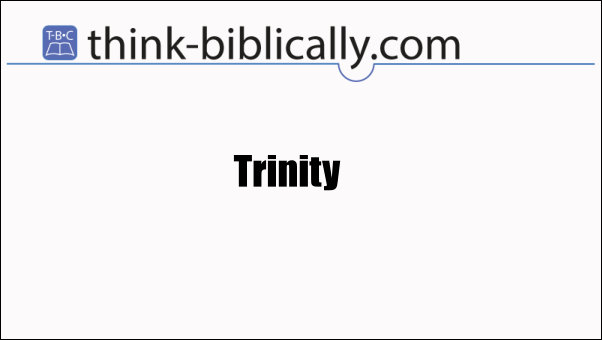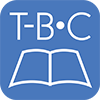By Tyson Thorne

Years ago I went to a lecture presented by Dr. Larry Crabb. I had read his two important works, Inside Out and Men & Women, as well as Shattered Dreams. I took my best friend (who had not read anything by Crabb but knew him through reputation) and we anxiously awaited to hear what the author had discovered. After he came out on stage and gave a few introductory remarks he asked the audience a simple question: “What is the center of Christianity? If there were a bulls eye in the Christian faith, what would it be?” The crowd offered up several answers and my friend even shouted up at the stage: “Jesus!” Larry looked over at us and, shockingly, said, “No, it’s not Jesus.”
This presented a problem for me. Jesus is clearly the object, center and bulls eye of Christianity. No one comes to the father but through Jesus. One may not know any theology except “Jesus saves” and, should he trust that singular truth, he shall be saved. Had Dr. Crabb made a mistake? As the crowd became increasingly quiet, running out of guesses, he announced to all that the center of Christianity was “Trinitarian theology!” Yep, Dr. Crabb had made a mistake. As important as the concept of the Trinity may be, theology never trumps the person and work of Jesus.
In his lecture series at Knox Theological Seminary, Dr. Gignilliat also explains a theory of his involving the Trinity; unlike Crabb Gignilliat’s is correct. His idea is that, though the word never appears in the Old Testament, the Torah leaves room for the truth of the Trinity and even hints at it from time to time. His theory is based on and bolstered by two early church confessions.
First, the apostles assumed the canonical given-ness of the Old Testament as their Scriptures. In other words, the apostles assumed the Old Testament was their Scriptures as much as it was the Jews. As such, the Old Testament must tell us something about Jesus. After all, Jesus is the promised Messiah and the culmination of so much prophecy. Likewise, Jesus is the promised fulfillment of the Davidic Covenant and the King who rules on David’s throne eternally.
Second, the apostles assumed that the God of Israel’s identity is bound up in the person and work of Jesus and the Holy Spirit who attests to his work. If so much of the work of God is bound up in the person and work of Jesus, then there must be at least an openness to the idea of Trinity in the Old Testament. In fact, there is. While the Old Testament teaches that Israel’s God is to be worshiped alone (implying a oneness of God), when God interacts with humanity there sometimes appears plurality. Take the personifications of the “Wisdom of the Lord” and the “Word of the Lord” as examples.
Perhaps the clearest example, however, is the “Angel of the Lord”. He is present at the burning bush with Moses. There is the voice of God coming from the bush, and there is the Angel of the Lord also present and speaking to Moses. When they – that is the voice from the bush and the voice of the Angel of the Lord – when they speak they do so with equal authority. It becomes confusing as to which is God, and that confusion is purposeful on the part of the writer. (This idea of purposefully confusing identities is also found in Michael Heiser's excellent book, "The Unseen Realm".) There is no distinction between one and the other. Both are God.
Examples exist in the Old Testament then of the plural nature and simultaneous oneness of God. Aside from these pertinent examples, however, logic also dictates that we understand the Old Testament God as Trinity. After all, we know from the New Testament that Jesus, the Word of God, preceded the Old Testament. This singular truth opens the door for modern readers to look for Jesus in Old Testament narratives, wisdom literature and even the poetry of the Psalms. Indeed, he is to be found in all these forms throughout the Old Testament. As Barth once wrote, “Revelation governs our understanding of history, not the other way around.”
It is also logical that if the authors of the New Testament used Old Testament passages to proof text New Covenant theology (and they did), then so should we. This naturally includes finding examples in the Old Testament of New Covenant ideas. This is, of course, done cautiously so that the researcher is not imposing on the ancient text a theology that is not present. But patient and careful study can reveal the bread crumbs God left for his people to find and that would guide them to an enlarged view of his nature.
In conclusion, whether it be from the conviction of the early saints regarding the Old Testament as their Word of God, or the dictates of logic in regard to revelation, one can clearly state that while the word "trinity" appears nowhere in the Old Testament it is present conceptually. Further, that while it is exciting -- and in some ways even important -- to uncover the clues God reveals to us about his nature, such an undertaking must be made with great care.
